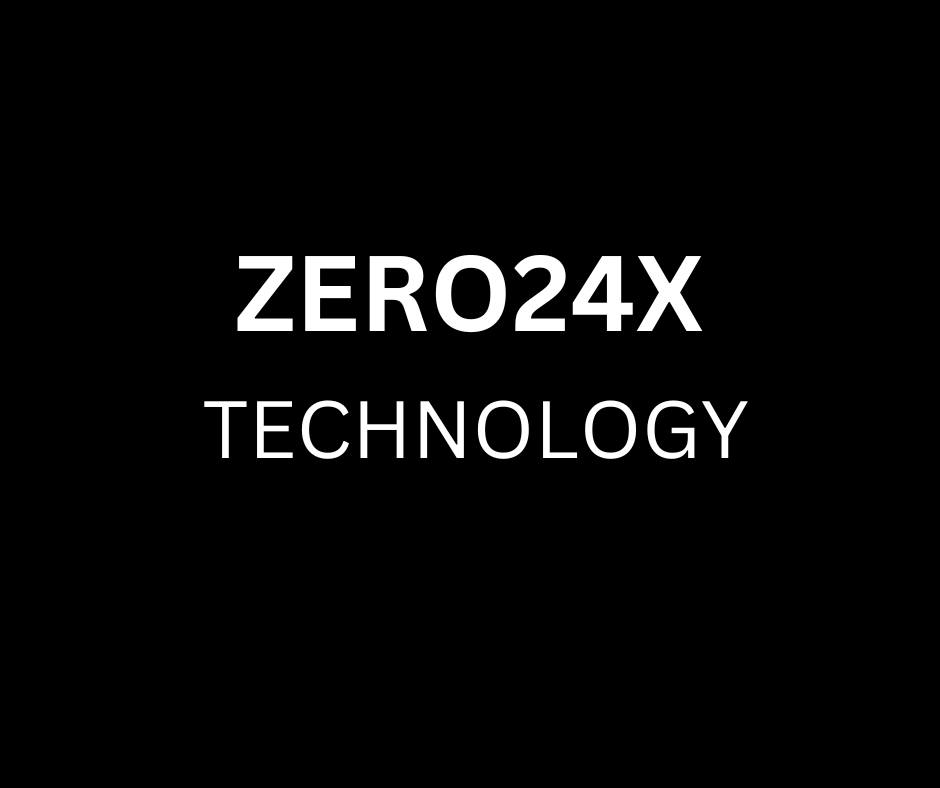There are two SEO Options
What Includes Our On-Page Optimization Process:
Keyword Research:
- Identify relevant keywords related to your content and target audience.
- Use keyword research tools like Google Keyword Planner, SEMrush, or Ahrefs.
Title Tag:
- Create a compelling and concise title for each page.
- Include the primary keyword near the beginning of the title.
Meta Description:
- Craft a concise and informative meta-description that summarizes the content.
- Use the primary keyword and make it enticing for users to click.
Header Tags (H1, H2, H3, etc.):
- Use header tags to structure your content.
- Ensure the main title is in an H1 tag and use H2, H3, etc., for subheadings.
URL Structure:
- Create SEO-friendly URLs that include the target keyword.
- Keep URLs short, descriptive, and easy to read.
Content Quality:
- Develop high-quality, relevant, and engaging content.
- Use the primary keyword naturally throughout the content.
Keyword Placement:
- Include the target keyword in the first paragraph.
- Spread keywords naturally throughout the content.
Image Optimization:
- Optimize images by compressing them for faster loading.
- Use descriptive file names and include alt text with relevant keywords.
Internal Linking:
- Link to other relevant pages within your website.
- Use anchor text that describes the linked content.
External Linking:
- Link to authoritative external sources when relevant.
- Ensure the linked pages are reputable and add value to your content.
Mobile Optimization:
- Ensure your website is mobile-friendly.
- Google prioritizes mobile-friendly websites in search rankings.
Page Loading Speed:
- Optimize page loading speed for a better user experience.
- Compress images, use browser caching, and minimize CSS and JavaScript.
Social Media Integration:
- Include social sharing buttons.
- Connect your content to your social media profiles.
User Experience (UX):
- Make sure the page layout is user-friendly and easy to navigate.
- Use clear calls to action to guide users.
Schema Markup
- Implement schema markup to provide search engines with more context about your content.
Security (HTTPS):
- Use HTTPS to encrypt data transfer and enhance security.
- Google gives preference to secure websites in search rankings.
Regular Content Updates:
- Keep content fresh and up-to-date.
- Regularly update and republish evergreen content.
Off-page optimization refers to the activities and strategies that are performed outside of your website to improve its visibility and ranking on search engine results pages (SERPs). Off-page optimization is an essential part of search engine optimization (SEO) and involves building a strong online presence and reputation. Here are some key components of off-page optimization:
Link Building
- Backlinks: Acquiring high-quality backlinks from reputable websites is crucial. Search engines consider backlinks as a vote of confidence in your content. However, it’s essential to focus on quality rather than quantity.
- Anchor Text: Optimizing anchor text in backlinks can contribute to better search engine rankings. Use relevant and descriptive anchor text that reflects the content of the linked page.
- Internal Linking: Linking to relevant pages within your own website helps search engines understand the structure of your content and improves user navigation.
Social Media Marketing
- Social Signals: Social media activity can influence search engine rankings. Engage with your audience on platforms like Facebook, Twitter, LinkedIn, and Instagram to build a strong social presence.
- Social Bookmarking: Submitting your content to social bookmarking sites can help increase its visibility and drive traffic to your website.
Content Marketing:
- Guest Blogging: Writing and publishing articles on other websites in your industry can help you reach a wider audience and build backlinks.
- Infographics: Creating and sharing visually appealing infographics can attract attention and generate backlinks when others use or share your content.
Brand Mentions and Citations:
- Online Directories: Ensure your business is listed accurately on relevant online directories. Consistent business information (NAP – Name, Address, Phone number) across the web is important for local SEO.
- Brand Mentions: Monitoring and managing online mentions of your brand can contribute to your online reputation and potentially impact search rankings.
Influencer Outreach:
- Collaborating with influencers in your industry can help you reach a larger audience and gain credibility. Influencers may share your content, leading to increased visibility.
Forum Participation:
- Actively participating in forums and online communities related to your industry can help establish your expertise and authority. Include a link to your website in your forum signature, if allowed.
Local SEO:
- Optimize your Google My Business (GMB) profile for local searches. This includes providing accurate business information, responding to reviews, and adding high-quality photos.
Video Marketing:
- Creating and promoting videos on platforms like YouTube can enhance your online presence. Video content is often favored by search engines.

